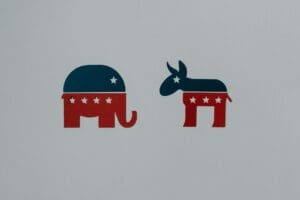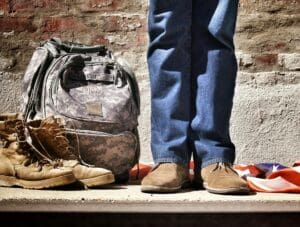New Cornell-JQI-RIWI Report reveals that the real-time jobs picture is worse than imagined.
Real-time data collected by RIWI from August 14 to September 27, 2020, under the auspices of the U.S. Private Sector Job Quality Index (JQI®)
and Cornell Law School Senior Fellow and Adjunct Professor, Daniel Alpert, has demonstrated that the real-time jobs picture is worse than lagging mainstream jobs data indicate.
These data show that a second round of layoffs is well underway and workers face increased job insecurity as many were being paid but not actually working, have again been laid off, or have been told they could be laid off. The data also show that, in addition to being disproportionately impacted by COVID, Black and Latino workers are disproportionately bearing the brunt of the second wave of layoffs.
Key Findings:
- On the eve of the last jobs report before the 2020 election, RIWI data gathered in collaboration with Cornell University and the U.S. Private Sector Job Quality Index continue to reveal that the real-time jobs picture is worse than lagging mainstream jobs data indicate.
- These data show that a second round of layoffs is well underway and workers face increased job insecurity as many are being paid but not actually working, have again been laid off, or have been told they could be laid off. Of workers who were put back on payroll after being initially laid off as a result of the COVID-19 crisis, 27 percent reported in August/September that they have been laid off a second time, and another 36 percent have been told by their employer that they may be laid off again. Nearly 40 percent of those initially laid off reported being put back on payroll by August/September, but one-quarter of such respondents say they were not asked to return to work.
- Of workers who were put back on payroll after being initially laid off as a result of the COVID-19 crisis, 27 percent reported in August/September that they have been laid off a second time, and another 36 percent have been told by their employer that they may be laid off again.
- Nearly 40 percent of those initially laid off reported being put back on payroll by August/September, but one-quarter of such respondents say they were not asked to return to work.
- The data also show that, in addition to being disproportionately impacted by COVID, Black and Latino workers are disproportionately bearing the brunt of the second wave of layoffs. 34% of Latino workers and 31% of Black workers reported being laid off again compared to 25% of White workers over the July 23-September 27 time period.
RIWI randomly engaged a total of 5,897 U.S. respondents aged 16+ from August 14-September 27 on a continuous 24/7 basis with questions to determine who held a private sector job, which share of those were laid off, which share of those were re-payrolled, and then in turn which share was laid off or told they might be laid off. Data collection for the earlier, August 4 report spanned July 23-August 1, 2020. In addition to these data specific to
layoff risk, RIWI also randomly engages over 2,500 U.S. respondents aged 16+ monthly on their employment status 24/7 on an ongoing basis, with a historic data stream against which we compared our findings.
_______________________________________________________
Read the full report here.




















